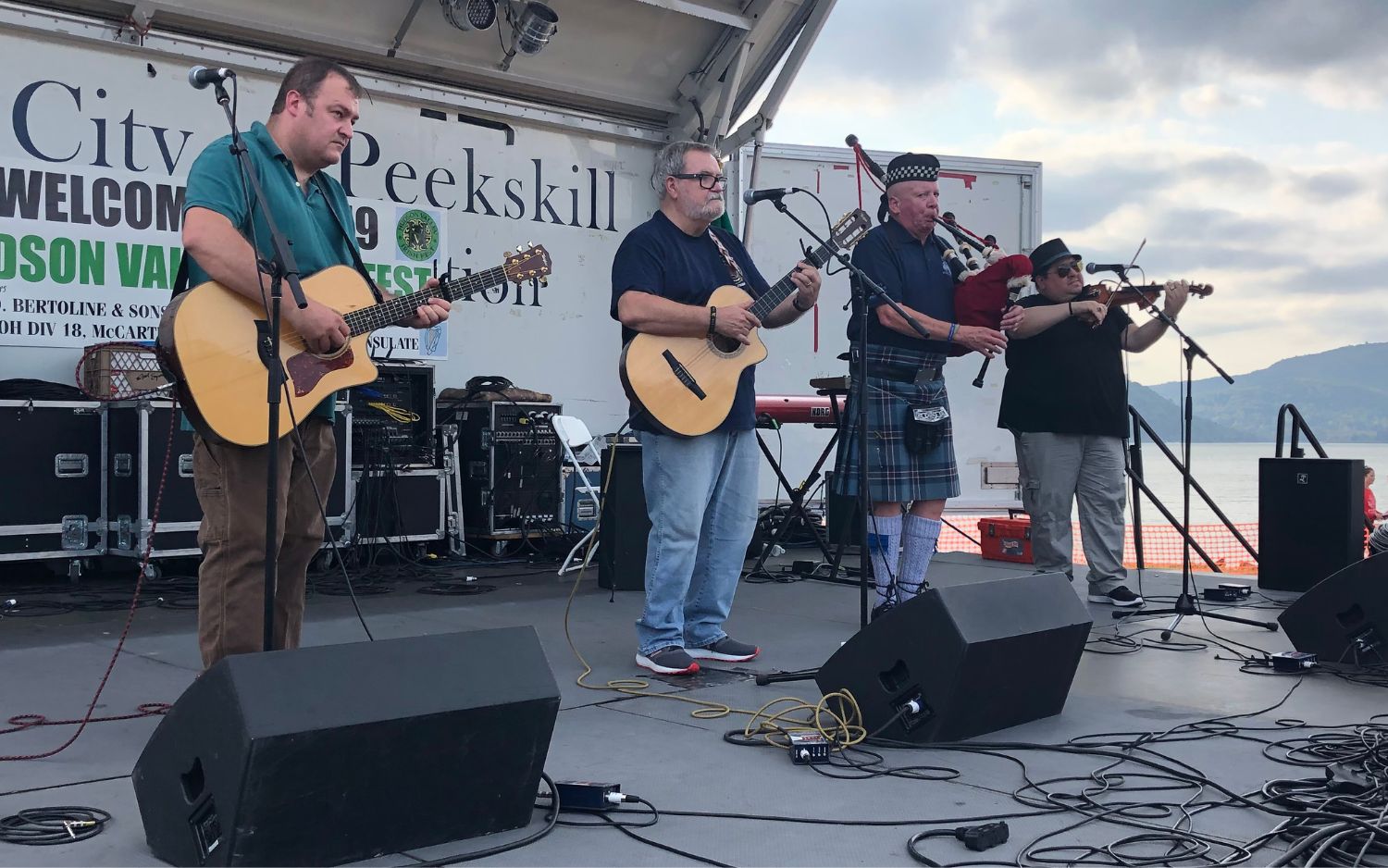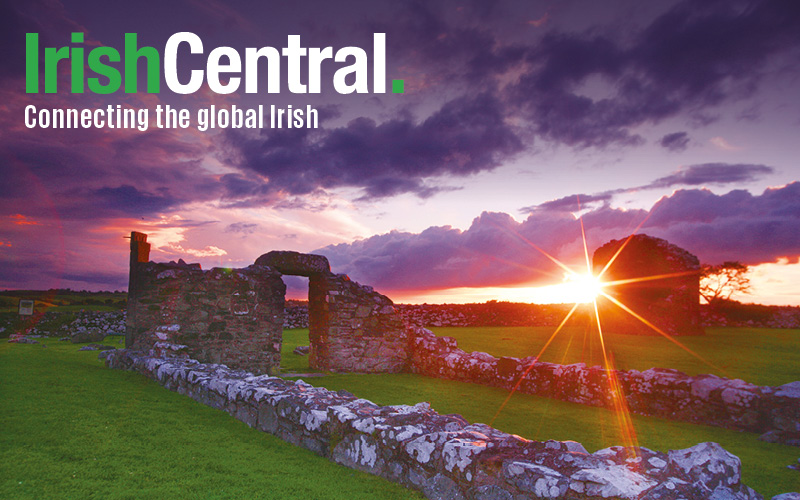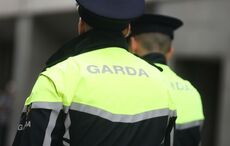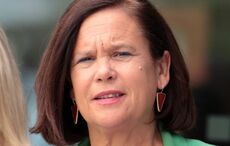Before taking his position in the Vatican as Pope Francis I, the Archbishop Jorge Bergoglio recommended three Argentine priests, who were shot by the police in 1976, to be promoted as saints.
Alfredo Kelly (43), Alfredo Leaden (57), and Alfredo Dufau (67) were shot, along with two seminarians, by the police who stormed the Pallottine church in the Saint Patrick’s parish as they slept.
Francisco Chirichella, who is gathering documentation to justify the three priests' martyrdom, a key step toward sainthood, said, “The killings were a milestone...The message that everyone got from the church's higher levels was: 'Be afraid because if anyone from any community criticizes this government, all might be targeted.’”
During a period of unrest and distrust in the community this group of priests preached and exemplified social commitment which made them a target.
Speaking in 2001 at the 25th anniversary of the men’s deaths Bergoglio said, “This parish has been blessed by the presence of those who chose to live not for themselves, but to die so that others may live.”
During Argentina's "dirty war" 18 priests, 11 seminarians and about 50 Catholic workers were killed, or disappeared, as death squads tried to eliminate left-leaning activists.
The three priests killed in the St. Patrick’s attack had strong links to Ireland.
Father Alfie Kelly was born in Buenos Aires to Juan Kelly and Elisa Casey, the youngest of seven children. He joined the Pallottines at a young age and studied in Buenos Aires and Rome before his ordination in 1957. At the time of his murder he was the pastor at St. Patrick’s, responsible for student formation and rector to one of the diocesan catechetical seminaries.
Notably, Kelly was the spiritual director to the young man who was to become the Cardinal Archbishop of Buenos Aires, Jorge Bergoglio, now Pope Francis I.
Kevin O’Neill SAC, described his life and work “He specialized in spiritual direction, retreats, Catechetics and in youth work which was his principal apostolate. The best word to describe his character is ‘solid’."
Father Alfie Leaden was born in Buenos Aires but his parents, Patricio Leaden and Brigida Ussher were of Irish descent. One of eight brothers and sisters, he was educated educated by the Irish Mercy Sisters and later by the Pallottine Fathers. He went on to study philosophy at the Pallottine seminary in Thurles, County Tipperary, and continued his studies in Rome, according to Pallottines.ie. Ordained into the priesthood in 1942 he worked in many Pallottine communities in Argentina.
Father Kevin O’Neill SAC described Leaden as “amiable. In the true sense of the word it means more than being worthy of love." A student of Leaden’s, Father Rodolfo Capalozza, wrote, “Alfredo seemed to have supernatural peace, an uncommon peace. He transmitted the peace of God. To go into his room was like the psychological experience of entering a sanctuary, it was orderly, and he radiated amiability and innocence.”
Although not of Irish descent, Father Peter Dufau also made Ireland his second home, studying philosophy in Thurles and going on to Rome. He was ordained in 1933 and dedicated his service to school and parishes in Argentina.
Pope Francis was criticized for allowing two of his priests to die during the 1976-1983 military dictatorship, however, the AP point out he also saved many others by saving them from aligning with the junta leaders.
The St. Patrick’s Church massacre occurred just three months after the military seized control of the government and cracked down on “subversives.” The military claimed that “subversives” killed the priests, despite evidence that pointed to the fact that they were killed in revenge of the bombing of a police station, which killed 20 people.
After the fact, Pio Laghi, the Vatican's top diplomat in Argentina, told US Ambassador Robert Hill that the police killed the priests, and that that a top junta official had warned that they intended to "clean up the Catholic church."
In a secret cable to Washington, Laghi wrote that he feared their murders “may presage a wave of right-wing terror worse than anything we have seen before."
However, the Church seemed to bow down before the junta saying they believed violent leftists were responsible.
Years later witnesses emerged naming various suspects as the gunmen and a military document emerged describing the killings as unauthorized but justified. No one has ever been prosecuted.
Capalozza, who also lived at St Patrick’s escaped death that night as he was staying with his parents. He told the Associated Press “Kelly told me and other colleagues, at a dinner on that July 3 at the parish, that he feared for his life because there was a letter floating around calling him a communist.”
"We talked a lot about the situation in the country and they all had different opinions; they weren't killed because of their ideology or politics but because they preached the gospel of life in a time when life was being threatened.”
Sainthood would be "a just response" to their deaths.
According to Pallottines.ie, “They shot them in the back with machine guns and other weapons. They fell, face down. The murderers kept firing. Some of the victims received more than seventy bullet wounds as they breathed their last.”
In 2005 Bergoglio approved the sainthood investigation. He said “I am a witness, because I was with Alfie in his spiritual guidance, in his confession, until his death. He only thought of God. And I name him because I am a witness to his heart, and when I mention him I mention all of them.”
Three three priest will be classed as martyrs. Ordinarily to become a saint there must be proof of two miracles, however dying for one’s faith counts as one. Eventually it will be a Vatican tribune and the Pope himself who makes the decision on their fate.




Comments